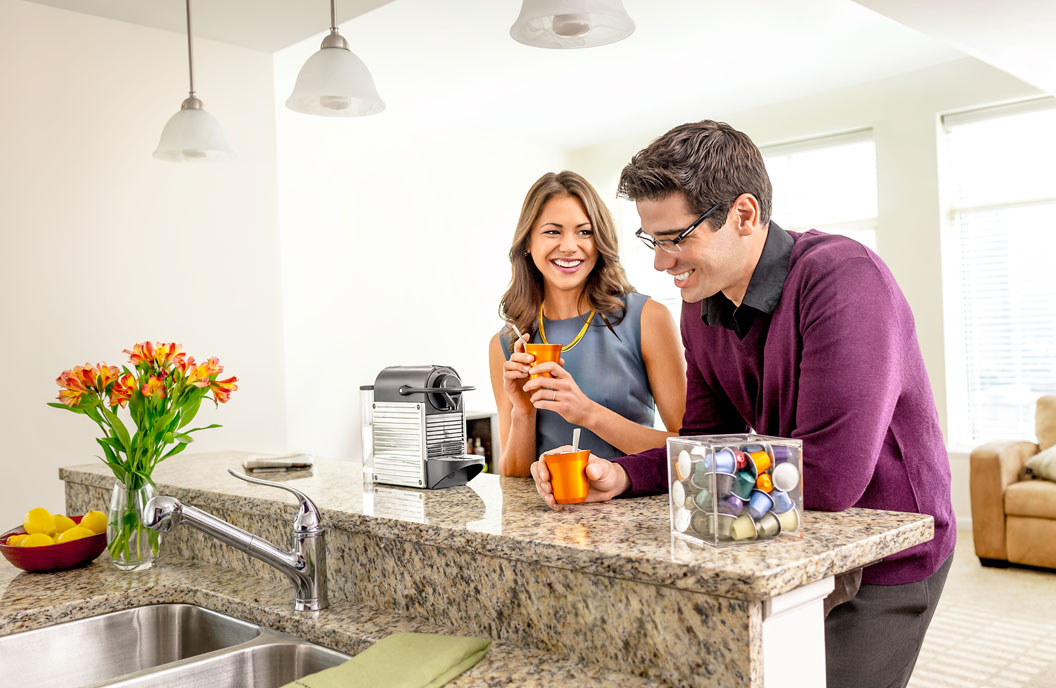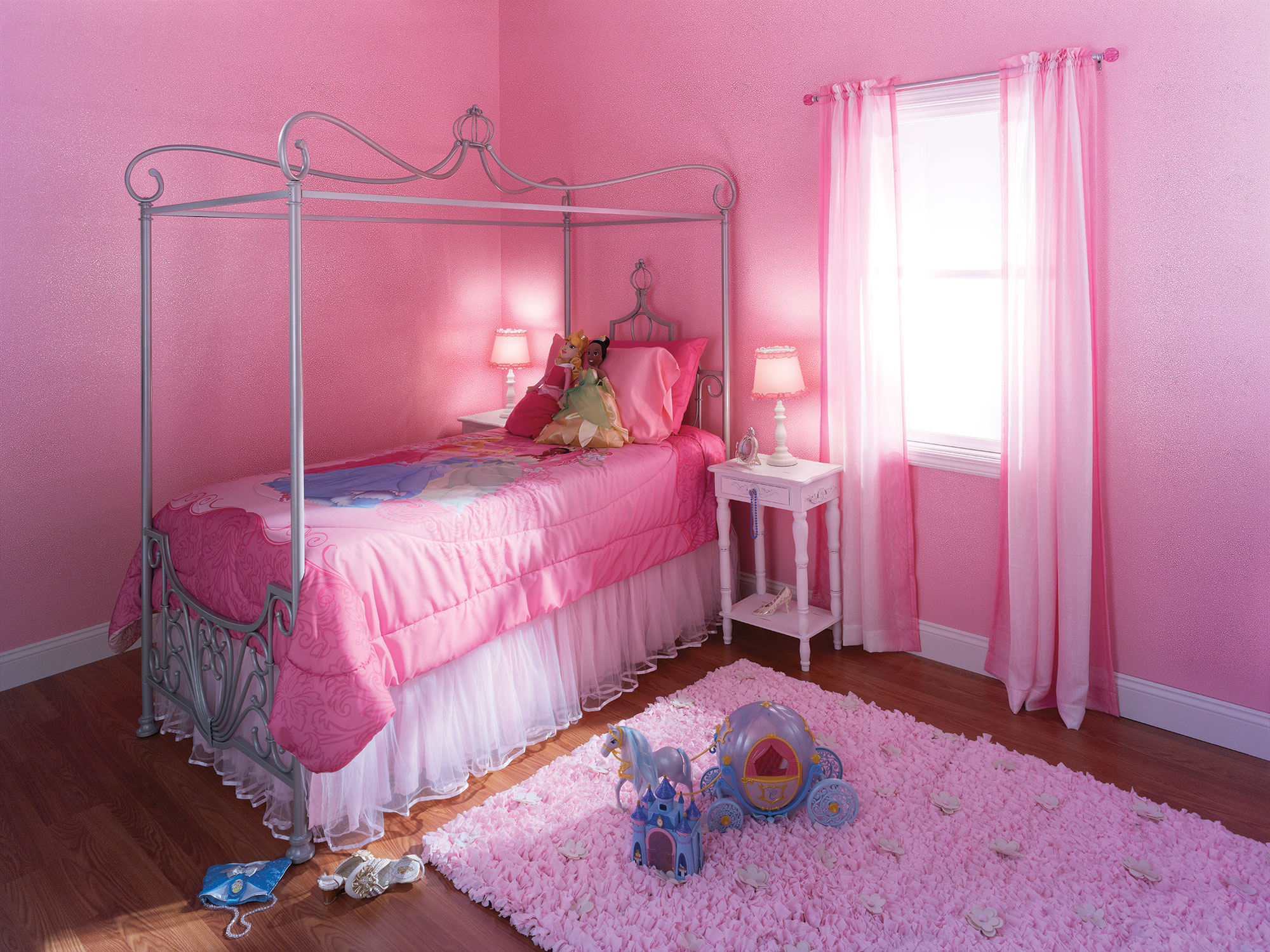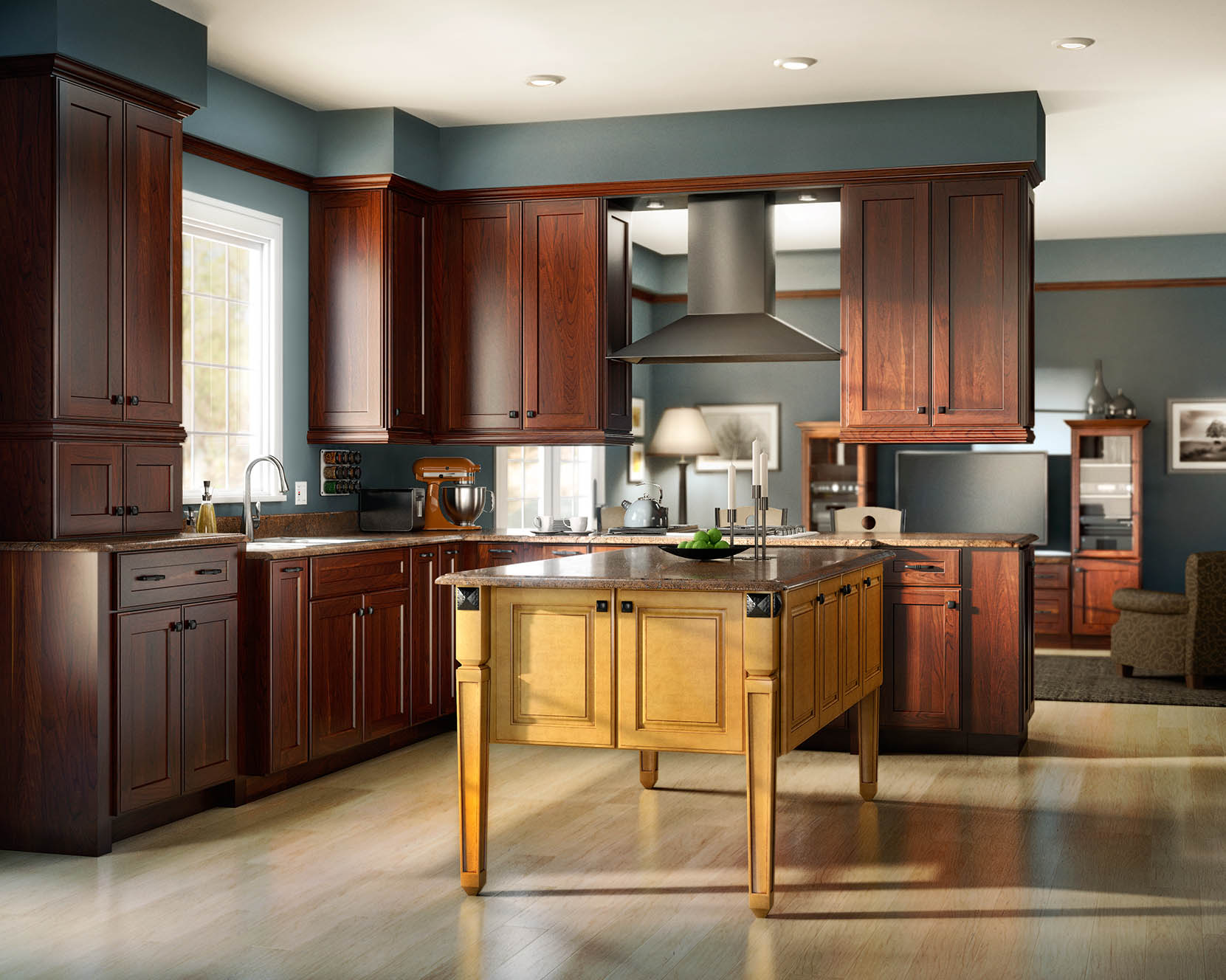For a photographer, the world in which your subject lives is as important as the subject itself. When you need products shot for your business, you must decide not only how to present those product, but also determine the type of environment that’s best suited for your project. Where a product is set establishes a mood for your audience, whether it’s on a conscious our subconscious level.
Next, you must decide how to produce that environment. There are basically three ways to go.
-
You can find a location that fits your needs
-
You can build a set in a studio
-
You can create a computer-generated image or CGI
There are pros and cons to each, so why not let TRG help you decide on the best direction for your project?
The Perfect Set: Shooting on Location
There are many reasons to select an existing location in which to shoot, but usually time and money rise to the top. Finding a location that works such as a home kitchen, an office building, or a supermarket, saves you the time of building a set from scratch. Imagine trying to recreate something as complex as a grocery store checkout line. Shooting on location means most of the work is done for you.
A location scout can find a selection of locations for a professional photographer to choose from. Usually, a location fee is paid to a home or store owner. Retailers may, however, require you to shoot after hours so as not to disturb customers and that may call for overtime for any additional crew, but these expenses are minimal compared to building a set.
Finding an existing set is also a huge time saver. What if your shoot was for a furniture polish and the idea was to show how even churches use the product on their pews? Building or recreating a sanctuary in CGI would take a lot of precious time when most church leaders would love to let you shoot on location for a donation.
Still, a location can be close to perfect and still need some tweaking. Perhaps a faucet needs switching out to create the right look, or a color scheme is wrong for the lighting. This may require a little more from your budget to make it right in post or to convince a homeowner to allow you to be that invasive.

The Perfect Set: Building from Scratch
When you build a set, the main advantage is control. You can control the color, the décor, the dimensions, and even the amount of time you can stay. Whether you choose to build off something from a set warehouse or opt for a completely custom-built set, you get to call the shots and craft the exact environment you want for your product photography.
Advantages include lighting, which is more easily manipulated as you won’t have to deal with windows with sun streaming into your shots. Sometimes you may shoot in the fall for a spring release. You don’t want leafless trees peeking through windows and giving you away. With a created set you can eliminate windows or use a simulated background for the appropriate season.
By building a set, you remove the pressure to be in and out of a project as quickly as possible. You are not invading someone’s home or store, so you can take more time with lighting and propping. If you need to create multiple rooms in one area, you have less time between shots as there’s no breakdown or traveling between shots.
The downsides to building a set are, of course, the cost of the materials. Plus, you’ll also want to hire a set designer unless you’re shooting on a white “cyc” or background. With an existing location, you need only to prop out what’s there. The cost of your set designer or prop stylist is significantly less if you don’t need to build from scratch, although room sets offer their own types of cost savings when you work with a multimedia studio that knows what it's doing.

The Perfect Set: Using CGI
One of the main perks of using CGI is not only control over the environment, but also longevity. If the setting is something needed for multiple uses with multiple angles and props over time, CGI makes it easier to revisit. When a setting is too cost-prohibitive to build something like a lush bedroom in Beverly Hills or a penthouse view from a New York City apartment, CGI may make life simpler than trying to find something so specific at a reasonable location fee.
Also, CGI gives you flexibility to change colors and styles with a click. Perhaps you have multiple cabinet lines and you want to use the same kitchen setting, but you want to cut from one cabinet style to the next. You certainly wouldn’t want to build 50 identical sets with different cabinets.
Plus, CGI gives you the ability to have the fourth wall. When building a set, you have three walls and an open space where your camera and crew are positioned. With CGI, you can generate a 360-degree pan around a room. Voila, no camera in sight.
The biggest downside with CGI is time. Imagining and creating a realistic set takes time, and that is often not an option depending on your needs. If the time is available, there is much to be gained with using this method of creating a set.

With each project you need to weigh your options, your deadline, and your budget to determine which method will work best. All three of these offer advantages and disadvantages. However, you must determine where you have the highest level of control and flexibility for each situation.
It’s also important to make sure that you work with a multimedia production company that not only has these capabilities, but also works with you to achieve your creative vision and create stunning assets for your business. Contact TRG Multimedia today to talk with our team about your next photography, video, or CGI project.



